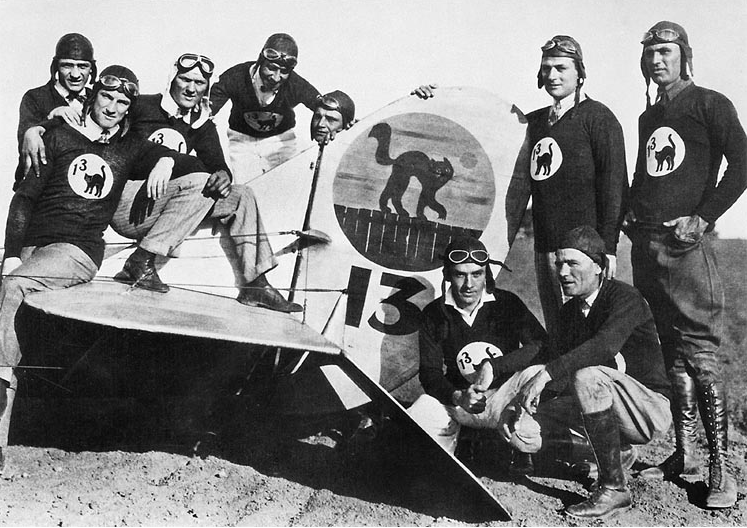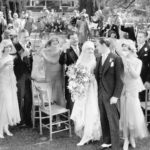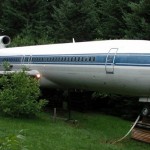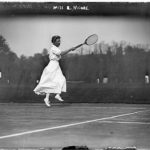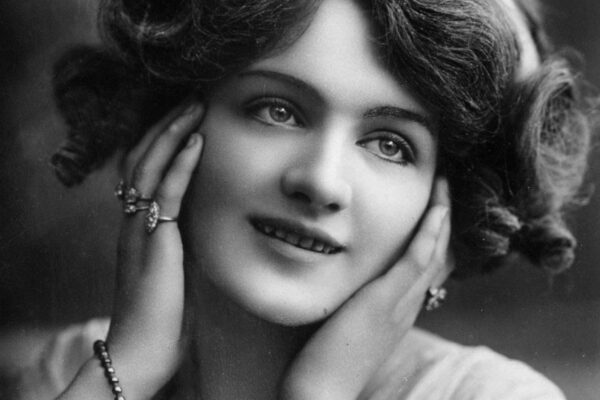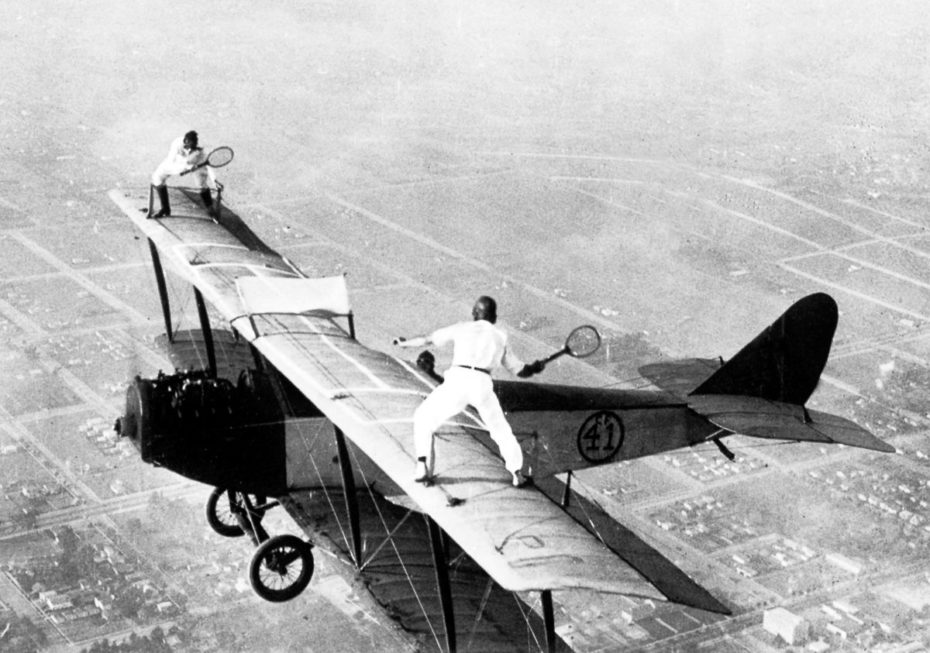
Gladys Roy, pictured above on the far wing, is probably the only woman in the world who could say she’s played tennis on an airplane– at least in our circle of friends. As it turns out, a lot of women did some pretty crazy stuff on airplanes in the 1920s…
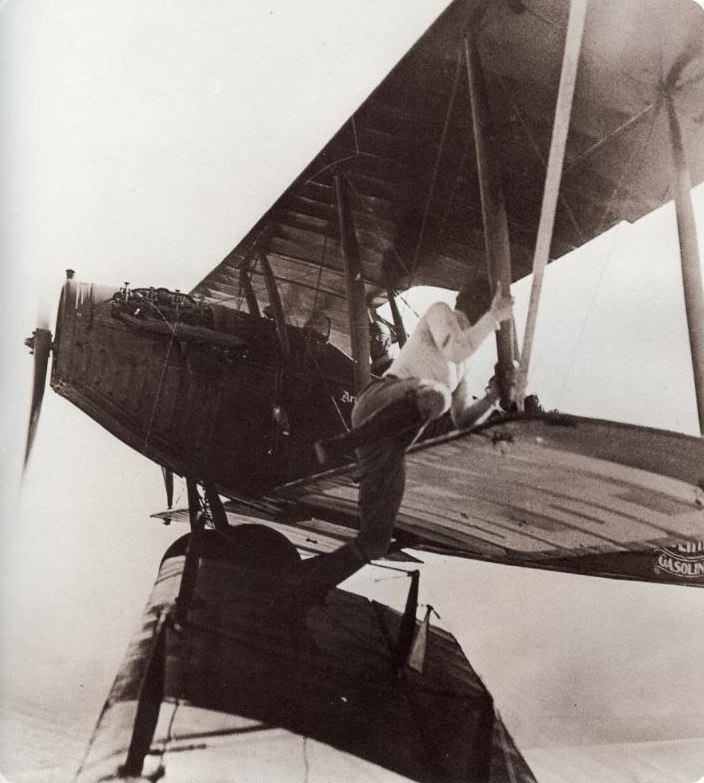
Take Gladys Ingle, for example (pictured above). She was the only female member of 13 Black Cats, the daredevil wing walkers who did some of Hollywood’s best stunt work in the 1920s. Gladys was able to hop from one plane to another in mid-air without any protective gear (and lived to the age of 82). Sadly Gladys Roy (playing tennis and not to be confused with Gladys Ingle) was killed at the age of 25 when she was struck by a whirling propeller.
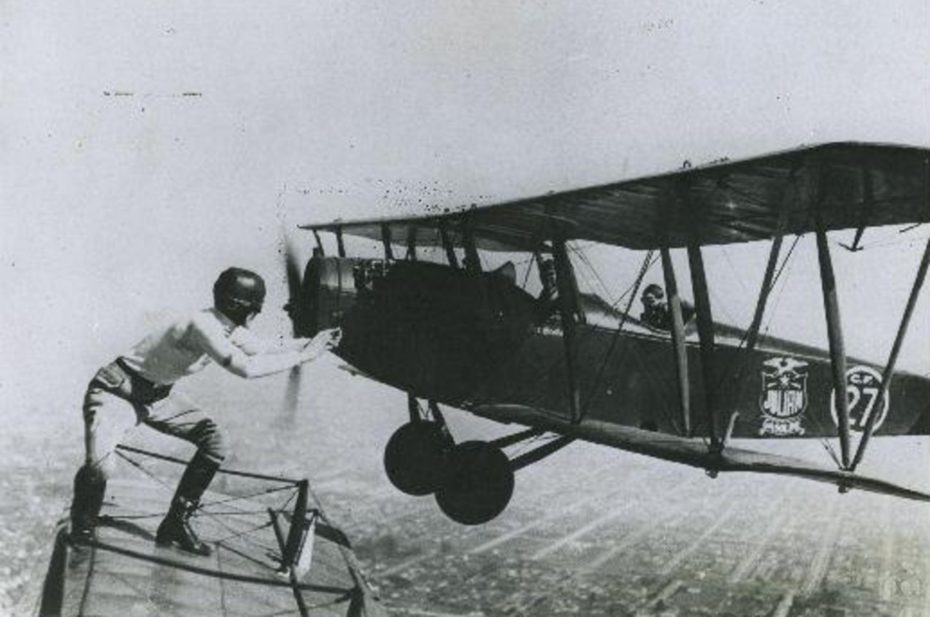
The origins of wing-walking were pretty practical: pilots would often need to venture onto their plane’s wings in-flight to make technical adjustments. The earliest documented case was in 1911, but it was the dashing American Army Pilot Ormer Locklear who saw dollar signs on the horizon with wing-walking.
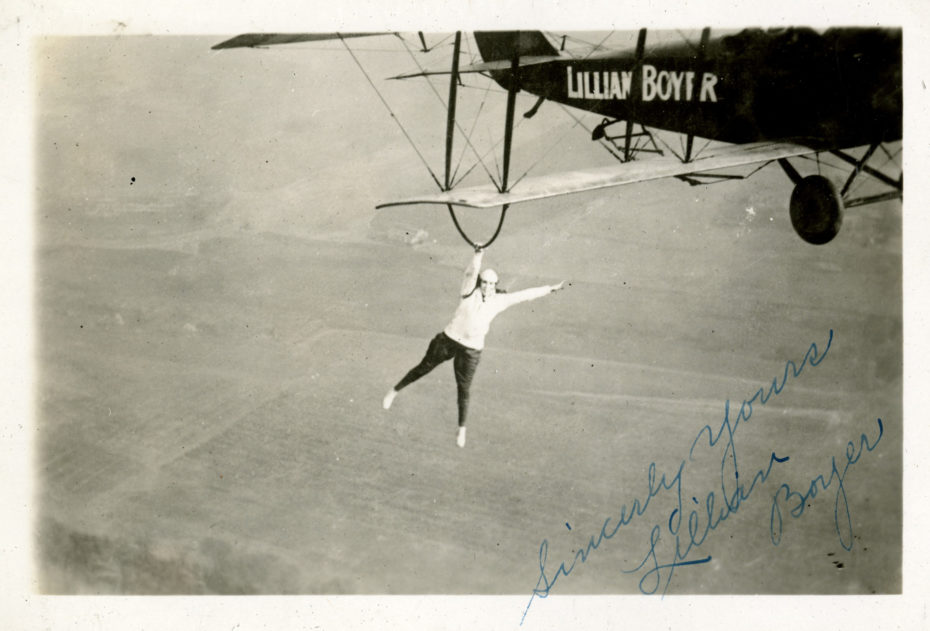
He founded the Locklear Flying Circus, bringing his skills as an expert, ex-Army pilot to the new spectacle of “barnstorming” (another name for wing walking) to train a generation of walkers.
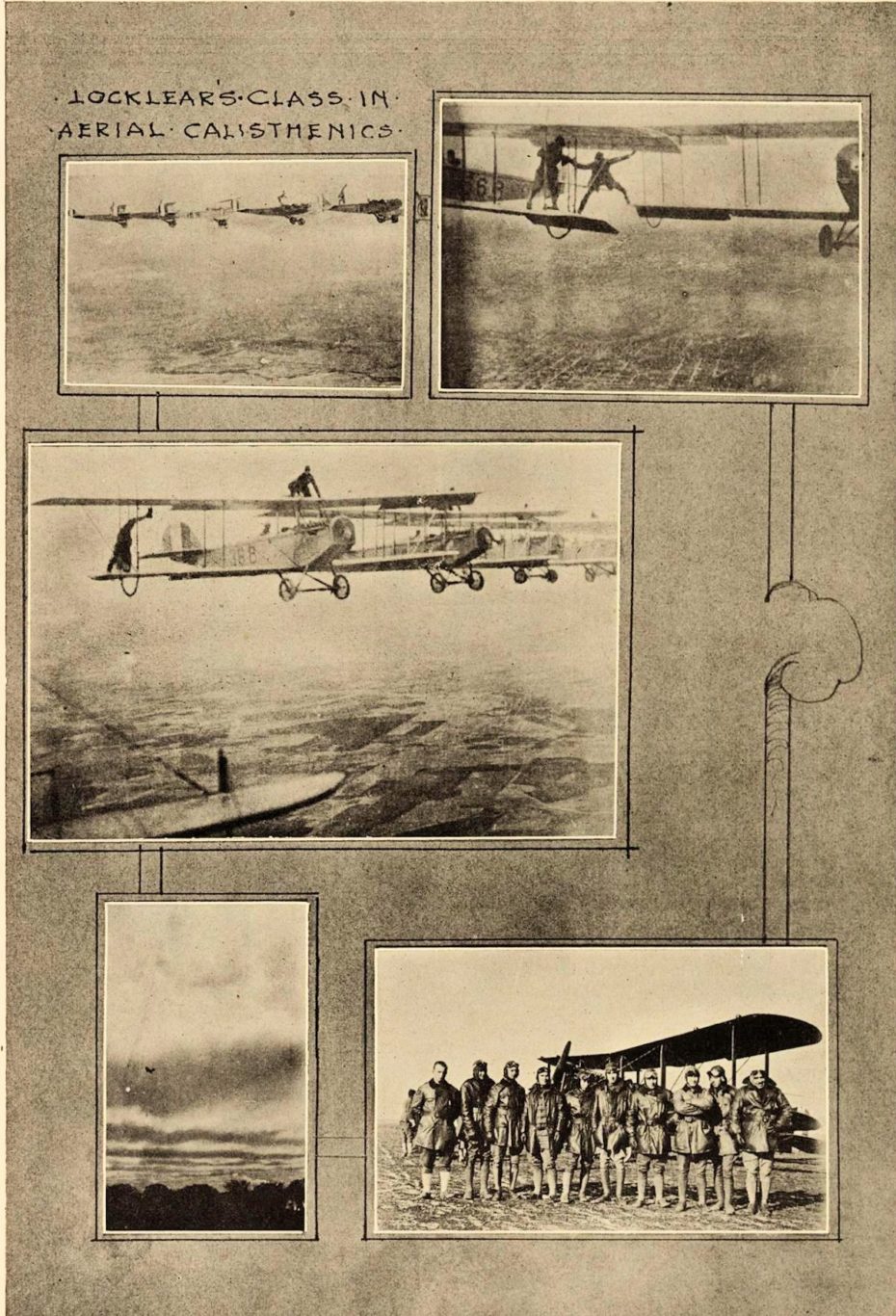
“I don’t do these things because I want to run the risk of being killed,” Locklear said in 1919, “I do it to demonstrate what can be done. I am convinced that someday we will all be flying.” Above all, it was Locklear who cranked up the romance factor of the whole thing. He took his skills to Hollywood, worked with greats like Cecil B. de Mille, but died tragically during production for a movie called The Skywayman while performing a nocturnal stunt where his plane crashed into an oil well.
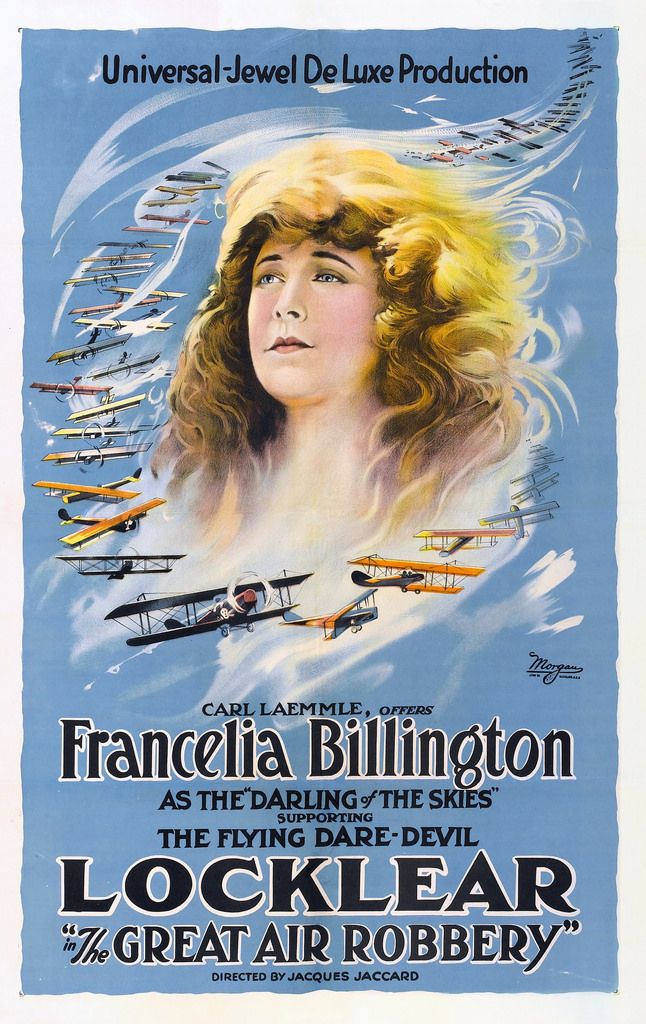
His female equivalent in the movie industry was the aptly named Ethal Dare, who earned the nickname “the Flying Witch” for her larger-than-life stunts, such as the “Breakaway” and “the Iron Jaw Spin.” During the latter trick, Dare would suspend herself by rope with a special mouthpiece, and twirl non-stop in the plane’s propwash like a spinning top in the sky.
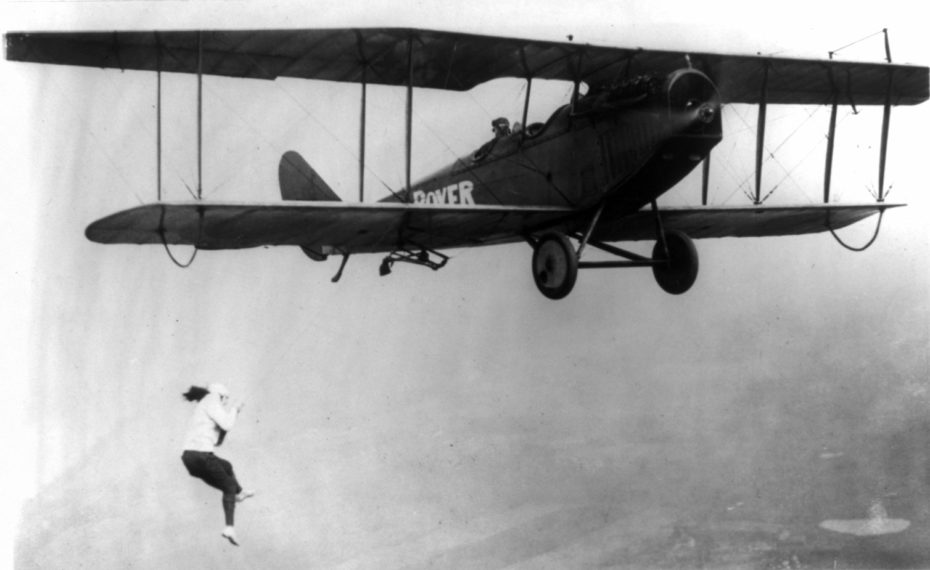 Lillian Boyer
Lillian Boyer
That women were also so heavily involved in the spectacle, when they didn’t even have the right to vote, wasn’t just remarkable – it was liberating. “These were heady days for young women,” explains author Janann Sherman in Tennessee Women: Their Lives and Times, “at the climax of the woman suffrage movement.” Consider Lillian Boyer, a textbook case of chasing the good ‘ole American Dream…

Boyer was a small-town waitress in Nebraska, and had always dreamt of taking to the skies, and when two customers invited her along for a flight she seized the opportunity to try barnstorming then and there, walking right out onto the wing of the plane. It was love at first walk. She’d complete 352 shows in her lifetime and become an active stunt-woman throughout the 1920s, branching out into parachute jumping, automobile-to-airplane jumps.

The list of lady walkers goes on, and on. There was Phoebe Fairgrave Omlie, who in addition to dancing the Charleston on her plane’s wings, became the first woman to get an airplane mechanic’s license, become a female transport pilot, and be appointed to a federal position as an aviatrix…
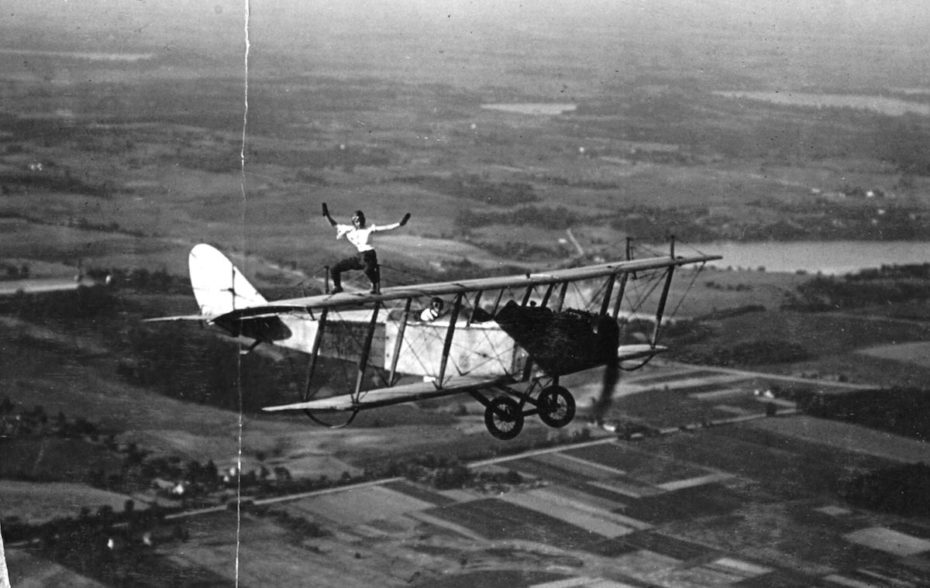
And there was Bessie Coleman, one of America’s greatest stuntwomen, and the first female African American wing walker. “The air is the only place free from prejudices,” she said, “I knew we had no aviators, neither men nor women, and I knew [African Americans] needed to be represented along this most important line, so I thought it my duty to risk my life to learn aviation.”
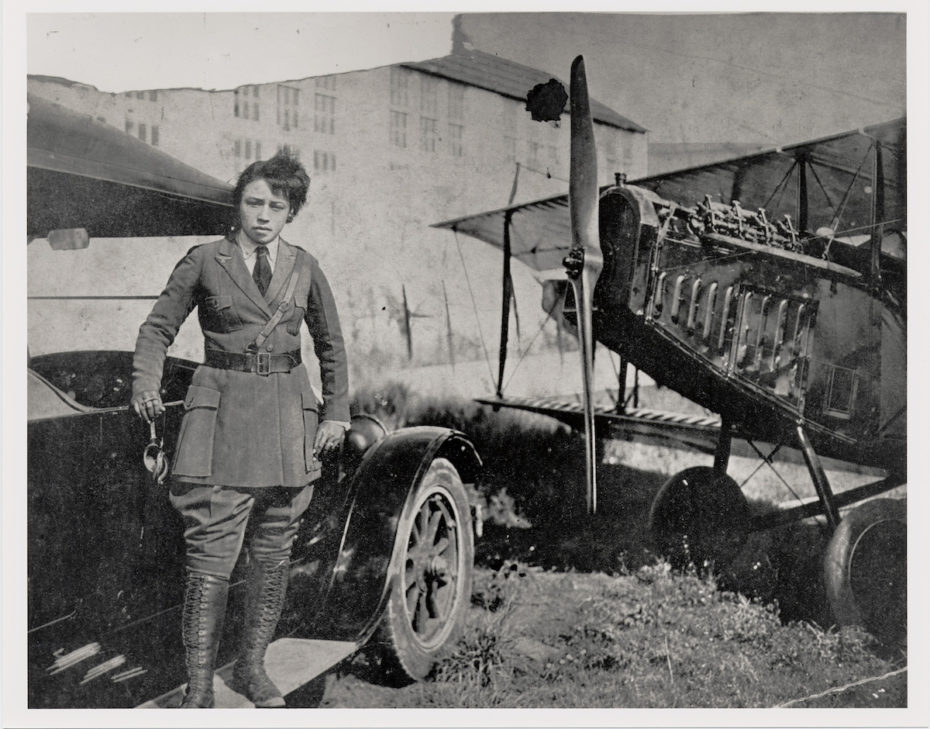
That tenacity has taken wing-walking into 2019 in as fierce shape as ever. UK walker Norma Howard took to the skies in 2018 at 91-years-old, and AeroSuperBatics’ Breitling Wing Walkers, a company run for and by female barnstormers, is going strong. Who knows, maybe you’re the next member they need. And if it means we’d get to wear a club jersey like that of Gladys Ingle’s 13 Black Cats, you can count us in too…
